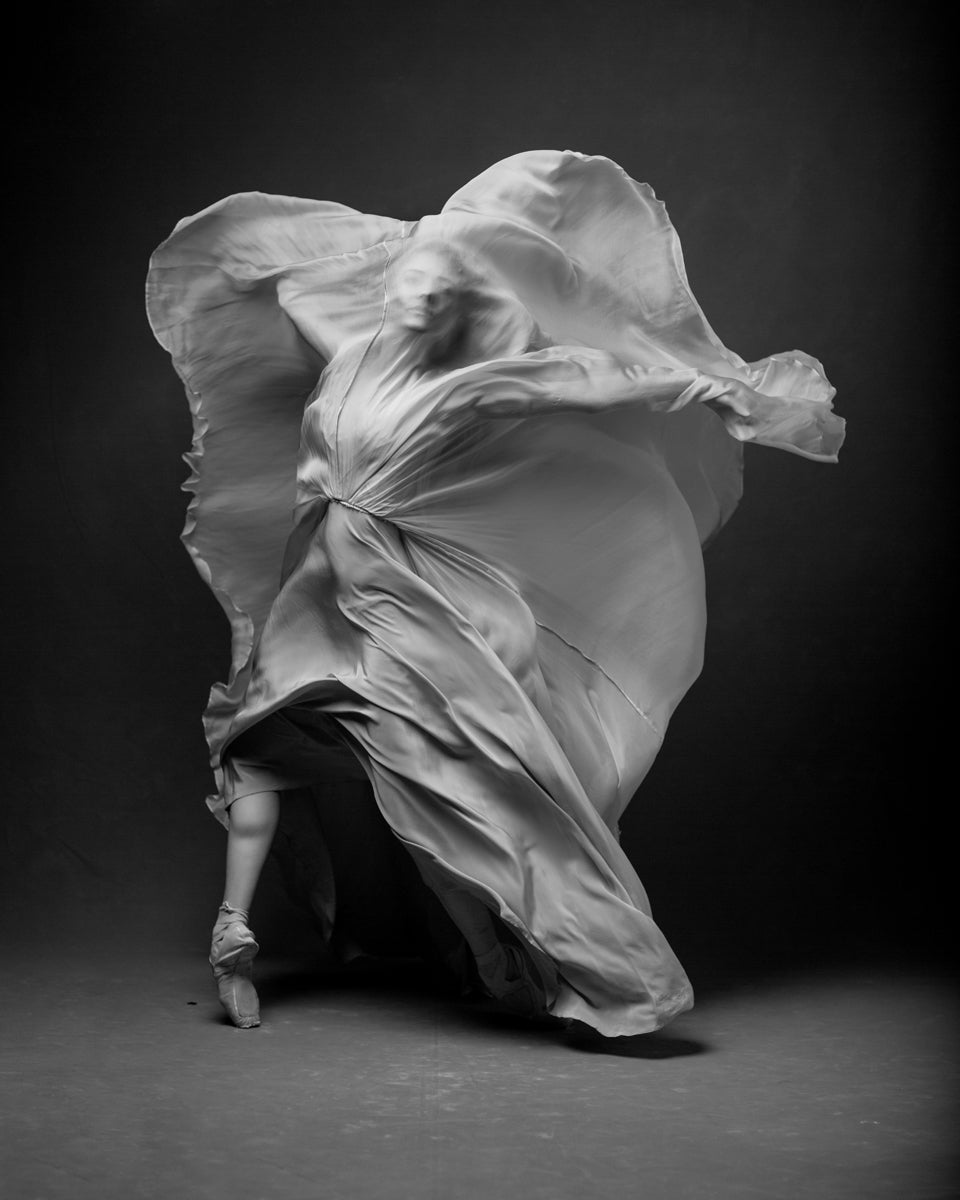Inspired Steps
I don’t think I can avoid beginning this review on a personal note. I found Episcopalian Grace Cathedral at age 25, because I lived two blocks down Nob Hill and couldn’t figure out what else to do on Easter morning, never guessing I would convert and still worship at Grace 18 years later. KT Nelson, cofounder and one of two main choreographers at ODC/Dance, San Francisco’s most prominent contemporary company, found Grace via a more circuitous route. Hearing Joby Talbot’s choral score “Path of Miracles,” which dramatizes a pilgrimage along Spain’s famous Camino de Santiago, led Nelson to a five-week...
Plus













